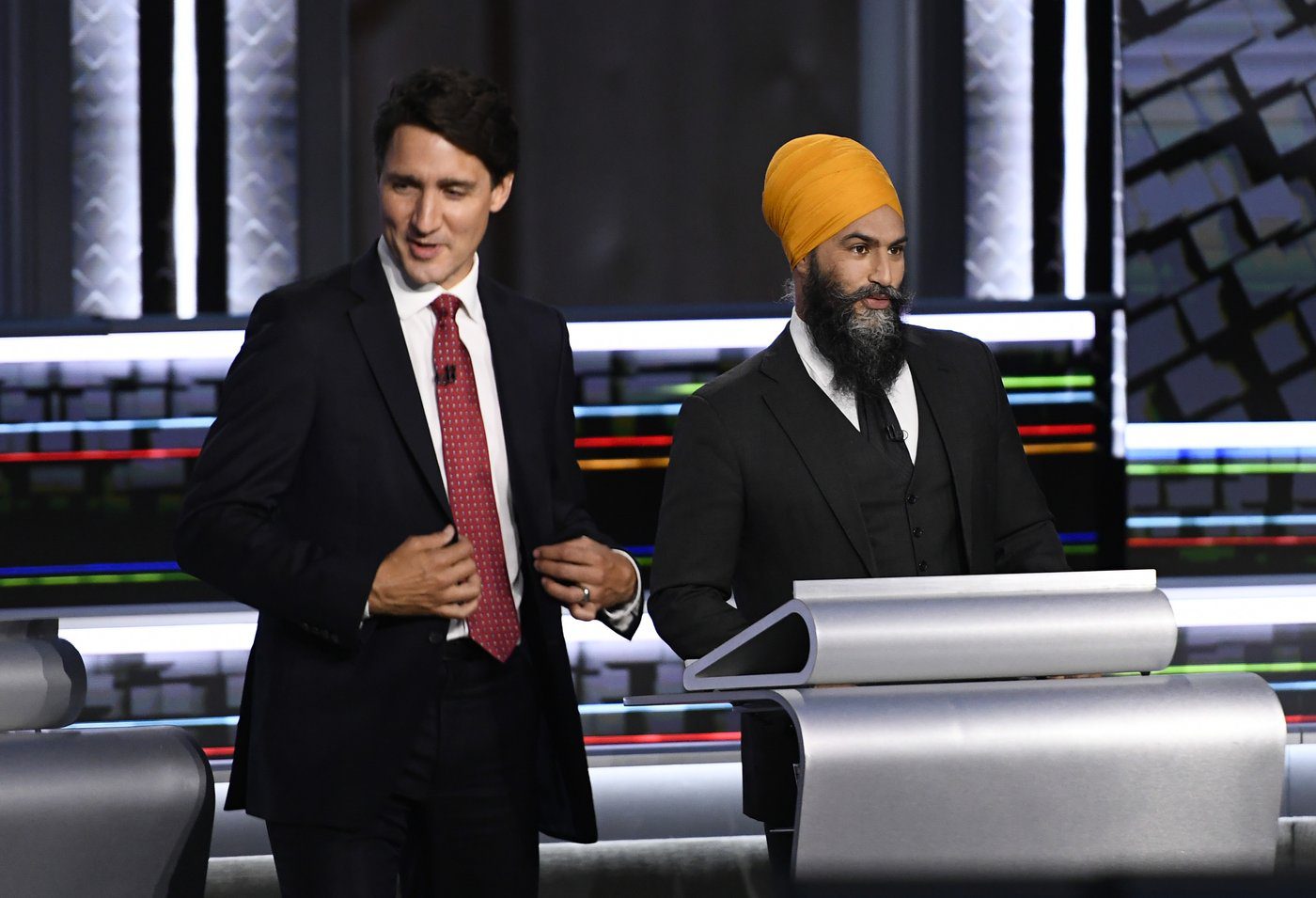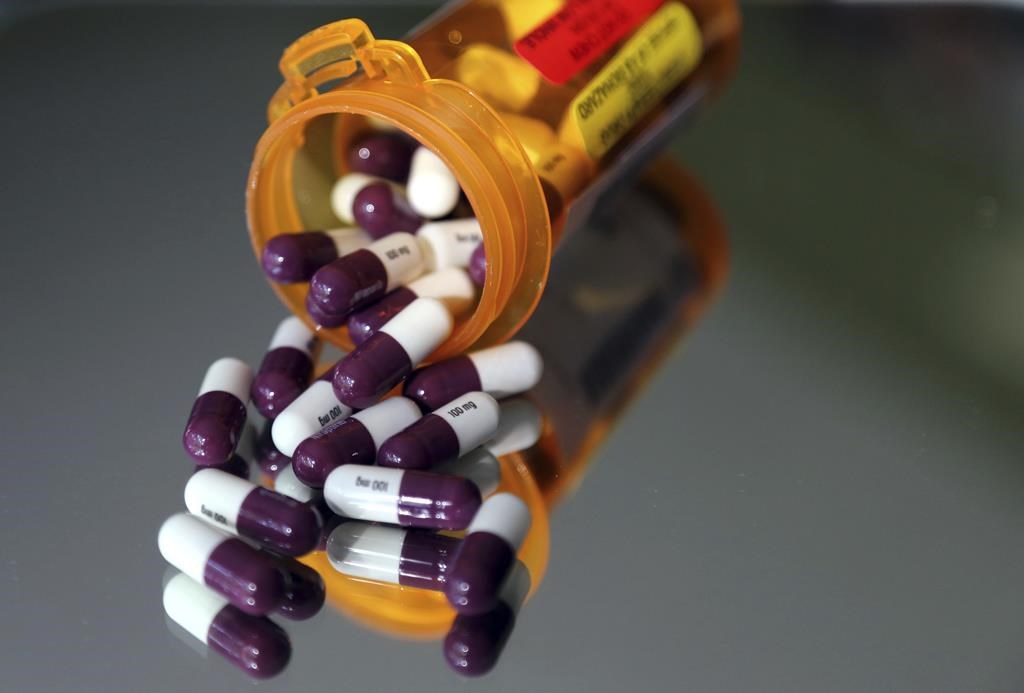This content is restricted to subscribers

The views, opinions and positions expressed by columnists and contributors are the author’s alone. They do not inherently or expressly reflect the views, opinions and/or positions of our publication.

This content is restricted to subscribers
The views, opinions and positions expressed by columnists and contributors are the author’s alone. They do not inherently or expressly reflect the views, opinions and/or positions of our publication.

Become a subscriber today!
Register
Become a subscriber today!
Register
Become a subscriber today!
Register
Become a subscriber today!
Register
Lacking in both remorse and repentance, Liberal House Leader Karina Gould recently admitted to reporters that her government would not meet its 2023 deadline to enact pharmacare legislation.
“I don’t think we’re going to get it passed by the end of this year,” Gould told the press, “but we’ll definitely keep working” she added, almost cheerfully.
With the House of Commons holiday break fast approaching, her message shouldn’t have come as much of a surprise. By the time Gould finally acknowledged her government’s tardiness, there were only twelve sitting days left in the calendar year. As fellow Loonie Politics columnist Dale Smith has written, even 20 sitting days would likely have been insufficient to pass legislation. Twelve would have been unthinkable.
The NDP should have been the most frustrated by this development. After all, pharmacare is their signature policy demand.
Instead of ramping up the pressure, though, and lambasting the government for its poor punctuality, they meekly allowed the Liberals to continue procrastinating.
Perhaps they thought they could not leverage any more policy wins this year (after the Liberals tabled its anti-scab bill). Or perhaps the holiday season has made them overly charitable. Either way, they need to be much tougher on their supply-and-confidence partners.
Because believe me, the Liberals knew how long it would take to pass pharmacare legislation. They also knew all the necessary steps it would take to draft, introduce, and debate that legislation, before seeking its passage through both the House of Commons and the Senate.
But they dawdled and delayed, lingered and loitered, showing a complete disregard for the assurances they once made.
Now, as 2023 comes to an end, they have next to nothing to show for themselves. No Canada Pharmacare Act. No list of essential medicines from the National Drug Agency. No bulk purchasing plan. Nothing.
The answer why, is quite simple. It’s not a result of finite funds, or a struggling economy, as Finance Minister Chrystia Freeland has suggested.
Rather, it is because the wealthy pharmaceutical and insurance industries are hell-bent on maintaining Canada’s inadequate patchwork of drug coverage plans. And they have unleashed the full power of their lobbying efforts to keep it that way.
These industry types don’t care that approximately 7.5 million (one in five) Canadians either have no prescription drug insurance or lack adequate insurance, under the current status quo. Or that almost one million Canadians had to forgo heating their homes and spending money on food to fill their prescription. Or that three million others simply went without their necessary medication.
Immense profit is their only concern, and they’ll have it, so long as they can prevent the government from lowering the obscenely high price of prescription drugs in this country.
As many in academia, civil society, and leftist political circles have long advocated, a single-payer, universal pharmacare system is the best solution to bring drug prices down. At the same time, it will improve the health of millions of Canadians, while saving the country billions.
In a recent 2023 study, the Parliamentary Budget Officer estimated that such a system would result in $1.4 billion in annual savings. By 2027-28, those savings would rise closer to $2.2 billion.
Others, like University of British Columbia professor Steve Morgan, and Carleton University professor Marc-Andre Gagnon, anticipate much greater annual savings. According to their estimates, pharmacare could save anywhere between $7.3 and $11.4 billion, respectively.
While various experts differ in their projections, all agree that pharmacare, and access to more affordable drugs, will reduce hospitalizations and emergency room visits.
Alas, as transformational as the system would be, the likelihood of it getting implemented, much less enduring beyond the current Liberal tenure in office, appears tenuous at best.
Even if the NDP succeeds in pressuring the Liberals to adopt a universal, single-payer pharmacare system – their preferred system – it may be too late to become effectively entrenched from C/conservative assault.
For the entirety of his eight years in office, Justin Trudeau has had to contend with fierce hostility from the Conservative Party of Canada. They have outright opposed – and even vowed to scrap – almost every policy they deem remotely progressive, regardless of its merit.
Take the carbon tax, for instance.
Knowing how controversial the new tax would be, Trudeau attempted to neutralize its threats. He allowed provinces to create and administer their own carbon pricing systems, sent rebate cheques to low- and middle-income citizens, and bought a multi-billion-dollar pipeline to help justify its existence. Still not satisfied, Trudeau also introduced carbon contracts to, among other things, help secure the survival of his emissions pricing scheme.
If you think that means the tax is safe, though, think again.
Conservative Party leader Pierre Poilievre has unequivocally promised to “axe the tax” should he become prime minister. And you can bet he will do the same to a future pharmacare program.
If the NDP wants to ensure pharmacare lives on after this government, they are going to have to demand an end to Liberal tardiness. Already, it may be too late.
The views, opinions and positions expressed by columnists and contributors are the author’s alone. They do not inherently or expressly reflect the views, opinions and/or positions of our publication.

This content is restricted to subscribers
The views, opinions and positions expressed by columnists and contributors are the author’s alone. They do not inherently or expressly reflect the views, opinions and/or positions of our publication.

Become a subscriber today!
Register
The world is largely focused on the war between Israel and Hamas, for obvious reasons. Mere days before this terrible conflict began, a lightly-reported moment occurred in Canada that could ultimately have a direct impact on our political process.
The first draft of the Liberals’ pharmacare legislation was rejected by Jagmeet Singh and the NDP. Health Minister Mark Holland described negotiations between the two parties as “extremely fluid.” In contrast, NDP health critic Don Davies told the media the initial draft “doesn’t meet the New Democrats’ red lines at this point” and that they’re “waiting for a next draft to come to us.”
National pharmacare was one of several key policies identified by the two parties last March when they jointly signed a supply and confidence agreement to keep Parliament afloat until June 2025. “Continuing progress towards a universal national pharmacare program by passing a Canada Pharmacare Act by the end of 2023,” as highlighted in Delivering for Canadians Now, A Supply and Confidence Agreement, “and then tasking the National Drug Agency to develop a national formulary of essential medicines and bulk purchasing plan by the end of the agreement.”
One of the NDP’s main campaign planks during the 2021 federal election was related to national pharmacare. They wanted to introduce “a drug plan with universal coverage that will cover the total cost of expenditures on drugs listed on Quebec’s public drug plan formulary.” This led the Parliamentary Budget Officer to provide an open estimate to the NDP on Aug. 27, 2021. According to the PBO, this proposal could have reached an annual cost of nearly $11.5 billion by 2025-26.
No party leader could ever spin this huge amount of public spending in a positive fashion. Unless you’re somehow able to convince people that money grows on trees, that is.
Hence, the three-year supply and confidence agreement is the NDP’s only realistic opportunity to get some semblance of its national pharmacare plan in place. Yet, they’re currently taking an unrealistic approach that won’t help achieve this lofty goal.
According to the Canadian Press on Oct. 5, “Davies said the NDP will accept nothing less than a commitment to pharmacare paid for and administered through the public single-payer system, though it doesn’t have to happen all at once. The NDP would be willing to start with essential medicines and expand from there, he said, but wants to see the timelines enshrined in the legislation.”
The federal government knows full well this isn’t doable. The costs of implementing the NDP’s vision of national pharmacare are way too high to begin with. When you add in the current affordability crisis that’s hurting many Canadian families, it’s not even a discussion worth having. That’s why Holland and the Liberals likely believe the two sides will meet somewhere in the middle once the negotiations are done.
But what if they don’t?
Today’s NDP has been gradually turning into a party where the fringe left has acquired more power and influence within the grassroots membership. Last weekend’s party convention in Hamilton, Ont. provided several indications of this.
Pro-Palestinian demonstrators disrupted the proceedings for a spell, for instance, which led the police to getting involved. Counter Signal circulated a bizarre video clip that dealt with yellow cards being provided to some NDP delegates to “enforce gender parity at the mics” during the debates. Singh survived his leadership review, but only received 81 percent support – down from 2018 (91 percent) and 2021 (87 percent). His left-wing leadership evidently isn’t far enough to the left to satisfy some of his party faithful.
To top it off, NDP delegates gave unanimous support to make pharmacare the redline in their supply and confidence agreement with the Liberals. Maybe the two parties won’t meet in the middle, after all.
Is the NDP getting prepared to bring down the Liberals before June 2025? While it’s difficult to say with absolute certainty, it’s starting to look a bit more likely. They’re in the best position to bring down the curtain on Trudeau’s mediocre, ineffective leadership, after all.
The risks are huge. The NDP will lose its influential role in propping up the Liberals. Polls currently show Pierre Poilievre and the Conservatives in majority territory. The party doesn’t have much money in its war chest to run an effective campaign. It’s largely devoid of mainstream ideas that Canadian progressives would naturally support.
At the same time, Singh and his senior advisers may privately believe they have enough momentum to leapfrog the weakened Liberals and become the Official Opposition once more. A second political breakthrough, similar to the late Jack Layton’s memorable “Orange Crush” in the 2011 election, could be worth the gamble in both the short term and long term.
It may all come down to Liberal-NDP negotiations related to a wildly expensive national pharmacare plan and an imaginary redline. Hard to believe, when you think about it.
Michael Taube, a long-time newspaper columnist and political commentator, was a speechwriter for former Canadian prime minister Stephen Harper.
The views, opinions and positions expressed by columnists and contributors are the author’s alone. They do not inherently or expressly reflect the views, opinions and/or positions of our publication.

Become a subscriber today!
Register